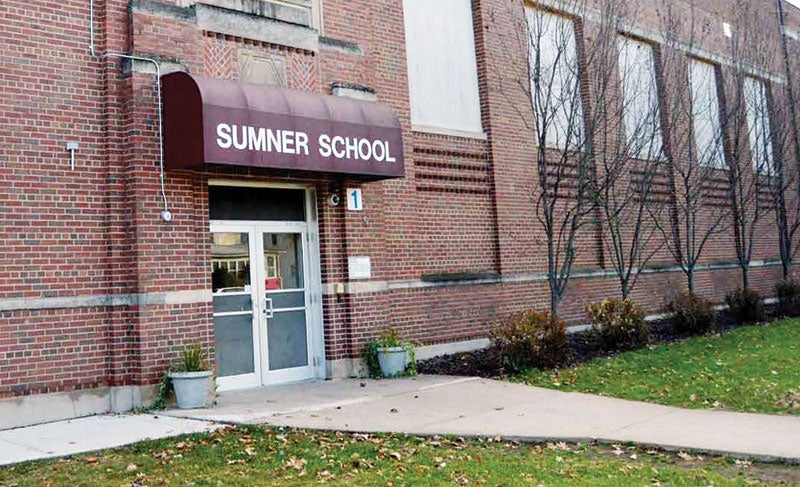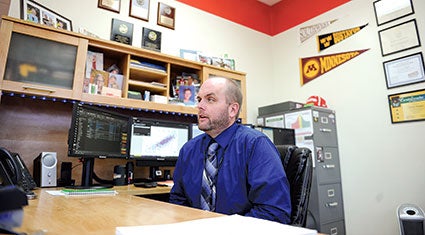Dept. of Ed identifies Sumner as “racially isolated” – APS officials say percentages don’t reflect district’s mission
Published 7:20 am Tuesday, August 7, 2018

- Dept. of Ed identifies Sumner as “racially isolated” Herald file photo
Although the numbers appeared to show that Sumner Elementary School to be “racially isolated,” the designation from state and federal agencies does not affect Austin Public Schools’ mission to provide equitable educational opportunities.
Sometimes last winter, APS received notification from the Department of Education that Sumner Elementary School was identified as a “racially isolated school.” The term “racially isolated” is given by the federal government and classifies a school that has minority enrollment numbers higher than 20 percent in comparison to any similar school within the district, according to Superintendent David Krenz. The term had existed since the 1960s.
“Sumner is a smaller school and doesn’t have more minorities than any other schools,” Krenz said. “It’s where there are fewer students, and the percentages go higher.”

Corey Haugen, APS director of research evaluation and assessment, said despite Sumner receiving the designation from the government, the agency looks at the percentage of the minority population and does not take into account the student body numbers as a whole.
If Sumner continues to be identified as a racially isolated school for several consecutive years, then the Minnesota Department of Education would have to get involved with the district, and look into seeing if APS was doing anything intentionally to cause the “racial isolation,” which Krenz and Haugen both disputed, citing that housing was more accessible and affordable to newcomers in the neighborhood where Sumner is located.
“Again, the state looks overtly at us as a district, and seeing if we’re busing kids in there and asking if we’re basically causing this segregation … then we’d have to put a plan together,” Krenz said. “The folks as they move into town, move where housing is available.”

“We do what we can to meet the best needs of our students regardless of income, race, gender or any demographic attribute that we can think of.” – Corey Haugen, APS director of research evaluation and assessment
Despite the federal government focusing on the percentage of non-white students to make its identification, the determination doesn’t fully paint the picture, according to Haugen. For instance, Sumner has a demographic of 80.1 percent non-white students from last year, which is the highest among the four elementary schools and determined the racial isolation designation.
This wasn’t the first time that Sumner Elementary was identified a “racially isolated school,” and student mobility has caused numbers to fluctuate, Haugen stated, which means the demographics for each school can look different every year.
When comparing the number of students for each building, Sumner has the smallest building and enrollment among the four schools with 308 students, but it still maintained the highest percentage of minority student demographics, where the non-white student demographic for the three other elementary schools was just under the 50 percent threshold.
In fact, Southgate Elementary, which is the largest elementary school out of the four in Austin, has 509 students projected for enrollment starting in 2018-19; however, its minority student population percentage was at 46.8 percent last year. Sumner has the lowest student enrollment, but had the highest percentage of minority student demographic at 80.1 percent from 2017, Haugen said.
“This really doesn’t change anything,” Haugen said. “We provide all our students the best educational services, and all our elementary schools have diverse students. Sumner is not unique to that. …we do what we can to meet the best needs of our students regardless of income, race, gender or any demographic attribute that we can think of.”
Despite the identification, Krenz said that APS will continue to observe the situation closely and that the district would continue to strive to provide equitable, quality education for all their students.
“We look at every individual student and think of kids individually and address individual needs, and that’s how education is changing,” he said. “We teach every individual kid and trying to to look at their individual needs. Laws of the 60’s don’t apply to current methodologies and practices.”





